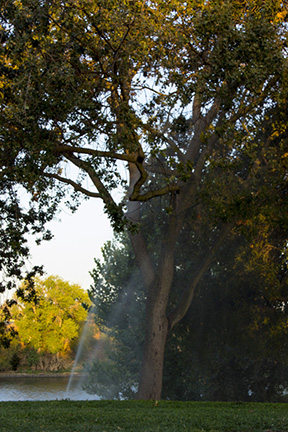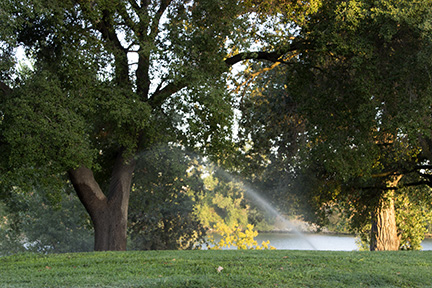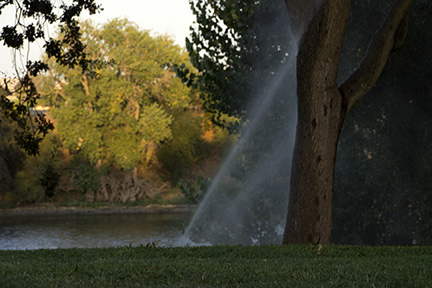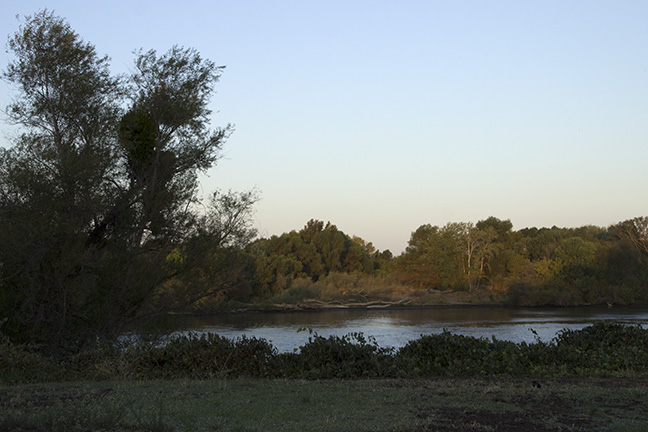 I love photo critiques offered by galleries, museums and organized groups. I learn equally as much from the discussion of images created by other photographers as from the group comments about my photos.
I love photo critiques offered by galleries, museums and organized groups. I learn equally as much from the discussion of images created by other photographers as from the group comments about my photos.

Viewpoint Photographic Art Center in Sacramento offers two free member critique nights every month and they each attract a slightly different group of photographers. One is called ‘Portfolio Night.’ As the title implies, the mission of the evening is to review a group of images (no more than six) on a topic of the photographer’s choice.
The other critique night is called ‘Print Night.’ Here you can show six related or unrelated images. This evening seems to attract a broader range of photographers in experience, age, and interest.
There are three primary rules on Print Night: the moderator curtails technical discussion, there is no absolute right or wrong, and be nice. The session lasts about two hours and it’s your choice whether you participate by talking or listening.
 Three at a time, the photographers clip their photos to the top edge of sheets of foamcore which lean upright from the back edge of folding tables to rest against a wall. The audience files by the images, inspects them, and sits down. Regardless of the perceived quality of the image, camera techniques, or printing – we are looking at the captured image and the intention of the photographer.
Three at a time, the photographers clip their photos to the top edge of sheets of foamcore which lean upright from the back edge of folding tables to rest against a wall. The audience files by the images, inspects them, and sits down. Regardless of the perceived quality of the image, camera techniques, or printing – we are looking at the captured image and the intention of the photographer.
There are usually about 15 presenters and each is given the floor for five minutes during which time he/she explains the images and/or poses an open-ended question to the audience and receives responses. Example questions: “What do you think about the angle I shot from?” “Which are more engaging, the close-up portraits or the environmental portraits?” and “I don’t normally shoot landscapes – which one do you like and why?”
The topics of leading lines, camera angles, composition, balance, vanishing points and lighting seem to take on a new flavor every month. The responses typically offer a rationale for the reply and/or suggestions for improvement that are beneficial to everyone present.
 Critique discussions allow me to broaden both my vocabulary and my understanding of the photographic thought process. The bonus is that it makes me a better critic of my own work.
Critique discussions allow me to broaden both my vocabulary and my understanding of the photographic thought process. The bonus is that it makes me a better critic of my own work.
If you haven’t participated in a critique group, I strongly suggest you give it try. By applying some of the knowledge you absorb from being in this type of collective discussion – you’ll photographic talents will flourish while you make new friends of people with a like interest.
Next month, check out Part 2 “Edit, Crop, Revisit” of the three part series ‘About Critiques.’
